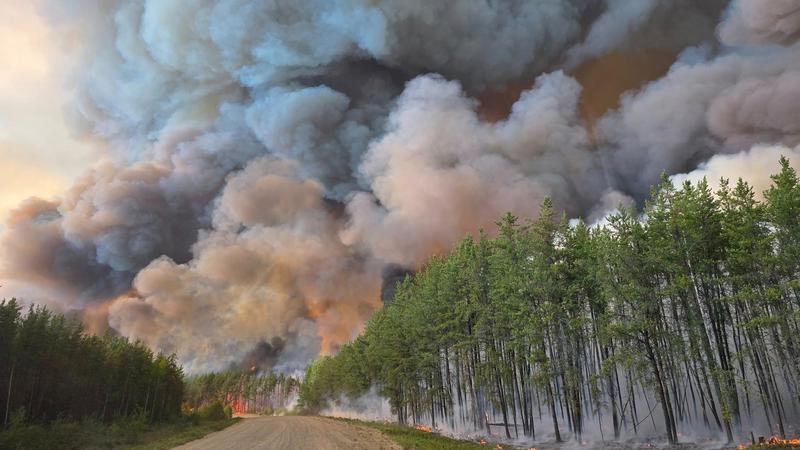
Almost 500 homes, cabins lost as wild spring cools down in Saskatchewan
This year’s wildfire season in Saskatchewan has resulted in the loss of 277 primary residences and 218 of those were in one community.
The Saskatchewan Public Safety Agency confirmed that 218 homes were lost or damaged in Denare Beach to the Wolf Fire, making up the vast majority of the 277 primary residences burned across the province.
“I know this is a challenging time for many that are still out, especially Denare Beach. I do want to let everyone know that that I sympathize and I feel for your pain and your loss. And we are working together with your community leaders to help rebuild or the next steps toward rebuilding,” said Marlo Pritchard, president of the SPSA in a media conference this afternoon.
Along with the primary homes, 60 cabins and 160 RVs were burned by one of several wildfires that scorched millions of acres of land in northern Saskatchewan this year. No numbers were given for other belongings such as vehicles or RVs.


